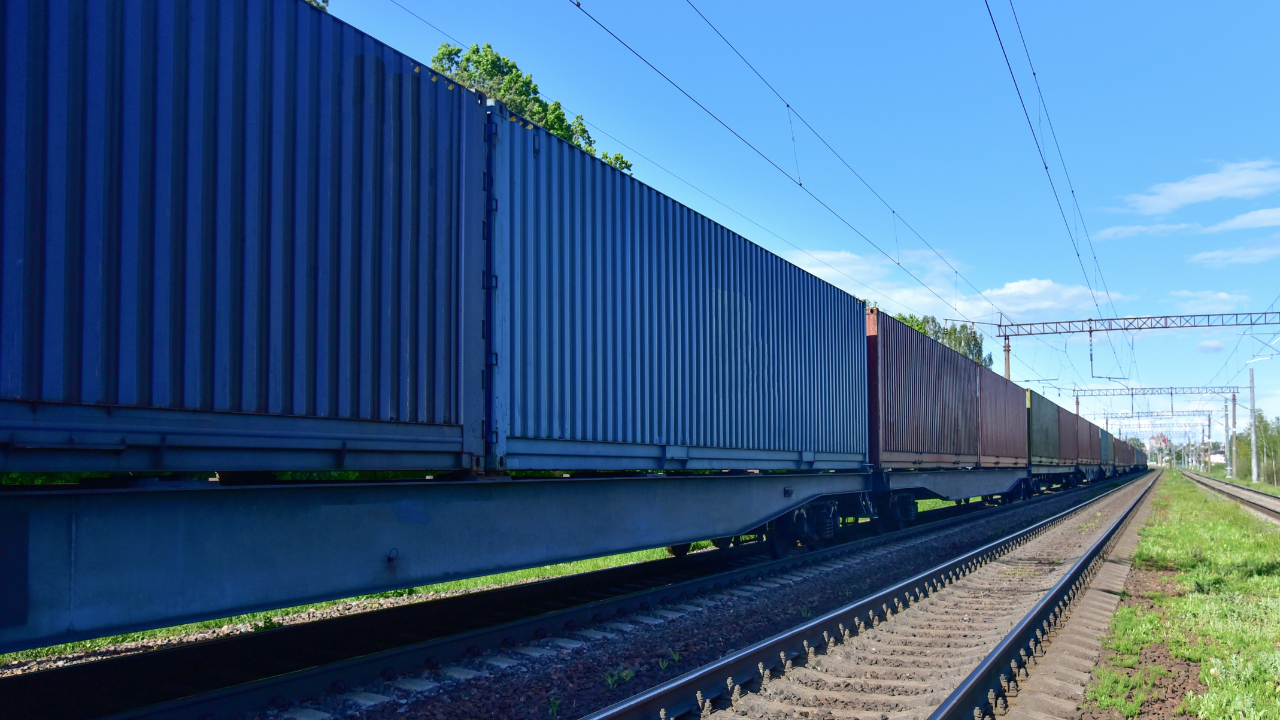In recent years, there has been an increasing focus on sustainability, especially in the logistics and transportation sectors. As global trade continues to grow, businesses are seeking ways to transport goods more efficiently and with a minimal environmental footprint. One solution gaining traction is the use of intermodal containers. This versatile system of freight transportation involves the use of standardized containers that can be easily transferred between different modes of transport—be it ships, trains, or trucks—without the need to unload and reload the cargo.
In this comprehensive blog post, we will delve into the various environmental benefits of intermodal containers. From reduced greenhouse gas emissions to more efficient land use and waste reduction, we will explore how this innovative transportation method is paving the way for a more sustainable future in global logistics.
1. Understanding Intermodal Containers
1.1 Definition
Intermodal containers are large standardized containers designed to carry goods across different modes of transportation. Typically measured in twenty-foot equivalent units (TEUs), these containers can transport a range of products, from machinery to consumer goods, and are built to withstand various environmental conditions.
1.2 History and Evolution
The concept of intermodal transportation dates back to the early 20th century, but it gained widespread adoption in the 1960s with the standardization of container sizes. Over the years, technological advancements have contributed to the efficiency and effectiveness of intermodal transport, leading to its current prominence in global supply chains.
1.3 Types of Intermodal Containers
- Standard Containers: General purpose containers designed for a variety of cargo types.
- Refrigerated Containers (Reefer): Used for transporting perishable goods that require temperature control.
- Flat-Rack Containers: Ideal for oversized cargo that does not fit into standard containers.
2. Environmental Benefits of Intermodal Containers
2.1 Reduction in Greenhouse Gas Emissions
One of the most significant environmental benefits of using intermodal containers is the reduction in greenhouse gas emissions. By utilizing rail and maritime transportation, which are generally more fuel-efficient than road transport, companies can significantly lower their carbon footprint.
2.1.1 Fuel Efficiency
Rail transport can be up to four times more fuel-efficient than trucking, and maritime transport is also more efficient per ton-mile. By optimizing routes that involve intermodal transport, companies can substantially reduce their overall fuel consumption.
2.1.2 Case Studies
- Example of a company that successfully reduced emissions using intermodal transport techniques.
2.2 Energy Conservation
Intermodal transportation contributes to energy conservation in several ways. The consolidation of cargo into standardized containers allows for more efficient use of space and reduces the need for multiple trips.
2.2.1 Multi-Modal Networks
Discuss how effective intermodal networks maximize energy conservation through optimized routing and load management.
2.3 Reduced Road Congestion
As more companies switch to rail and maritime transport, the volume of freight on highways decreases. This leads to reduced road congestion, lower accident rates, and less wear and tear on infrastructure.
2.3.1 Impact on Urban Areas
Explore how urban centers benefit from decreased freight traffic, contributing to lower pollution levels and improved air quality.
2.4 Waste Reduction and Recycling
Intermodal containers can also lead to reduced waste through efficient packaging solutions.
2.4.1 Reusable Containers
Many intermodal solutions utilize reusable containers, reducing the need for single-use packaging materials.
2.4.2 Recycling Initiatives
Detail initiatives in the intermodal industry focused on recycling and waste reduction.
2.5 Benefits for Local Ecosystems
Transportation infrastructure can have significant impacts on local ecosystems. Intermodal systems can mitigate some of these effects through reduced land use and habitat disruption.
2.5.1 Minimizing Habitat Disruption
Discuss how intermodal container transport systems are designed to minimize their environmental impact on local wildlife.
2.6 Innovations in Intermodal Transport
Emerging technologies are making intermodal transport more environmentally friendly.
2.6.1 Electric and Alternative Fuel Vehicles
Explore the development of electric or alternative fuel trucks that support intermodal transport sustainability.
2.6.2 Smart Logistics Solutions
Detail how technologies like IoT and AI are helping optimize routes and reduce emissions even further.
3. Economic Benefits Reinforcing Environmental Gains
3.1 Cost Efficiency
While focusing on environmental benefits, intermodal containers have economic advantages that businesses cannot ignore.
3.2 Attractive Solutions for Sustainability Goals
Companies looking to improve their sustainability credentials can leverage intermodal solutions to meet their corporate social responsibility (CSR) objectives.
4. Challenges and Considerations
4.1 Initial Investment and Infrastructure
Discuss the potential high initial costs associated with setting up intermodal facilities and developing the necessary infrastructure.
4.2 Complexity in Operations
Intermodal logistics can be complex, requiring coordination between different transportation providers. Saving money with intermodal containers
4.3 Regulatory Considerations
Regulatory compliance across different transportation modes can create an additional layer of challenges for companies.
5. The Future of Intermodal Transportation
5.1 Emerging Trends
Identify key trends in intermodal transport, focusing on sustainability.
5.2 Policy and Regulatory Frameworks
Explore how government policies are evolving to support sustainable transportation practices.
5.3 Collective Responsibility
Though individual companies can make an impact, collective efforts and collaboration across industries will maximize the benefits.
Conclusion
In conclusion, intermodal containers represent a significant opportunity for reducing the environmental impact of global logistics and transportation. By promoting fuel efficiency, reducing road congestion, and facilitating waste reduction, intermodal systems can play a crucial role in creating a more sustainable supply chain.
As the industry evolves, embracing innovative technologies and policies will further enhance the environmental benefits of intermodal containers, paving the way for a greener future. Trialing these practices and sharing success stories will inspire others to adopt intermodal transport for both its economic and environmental benefits.


